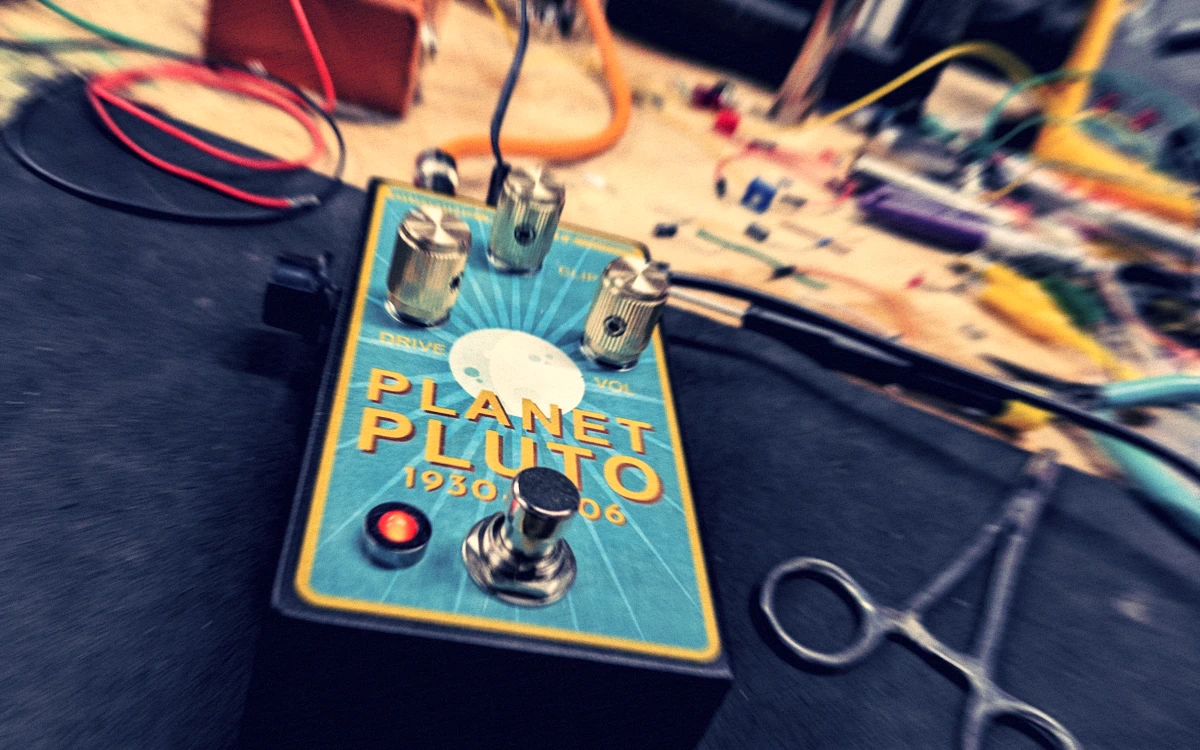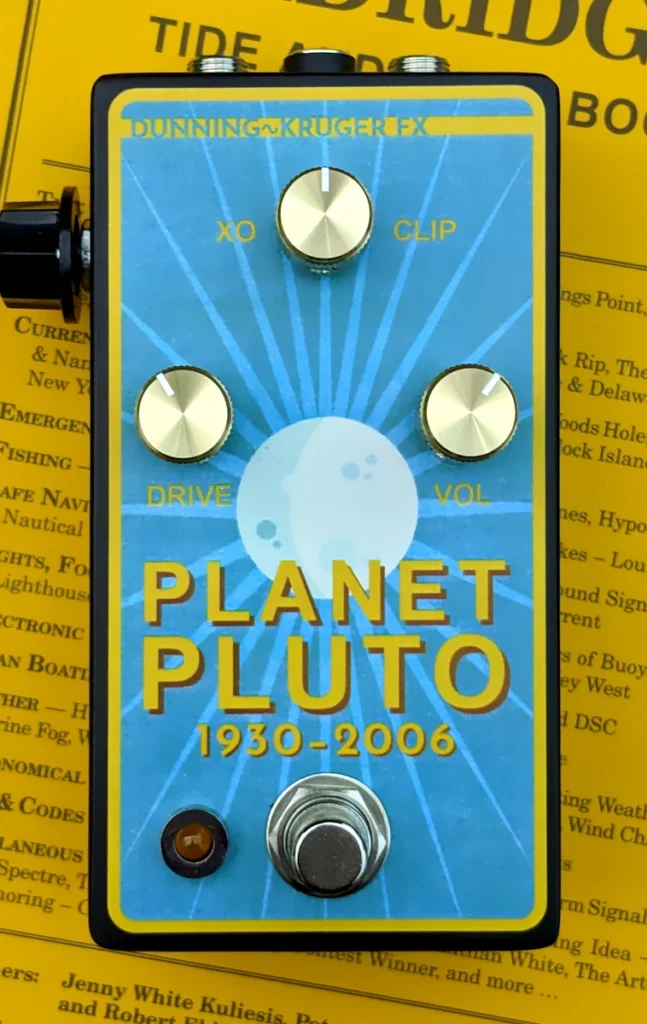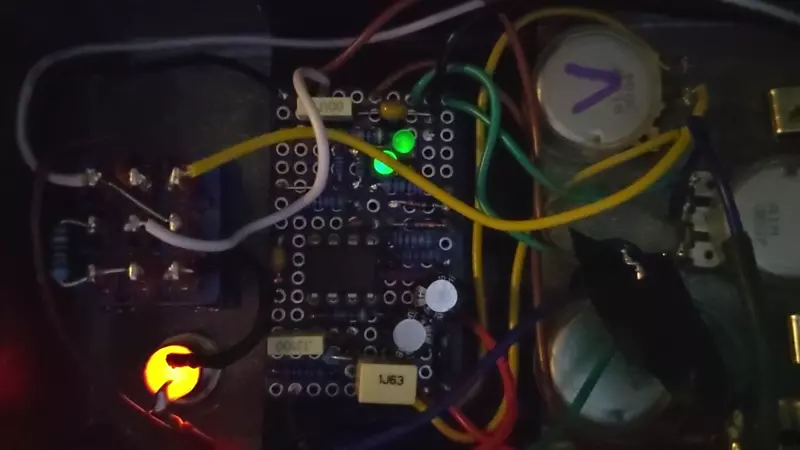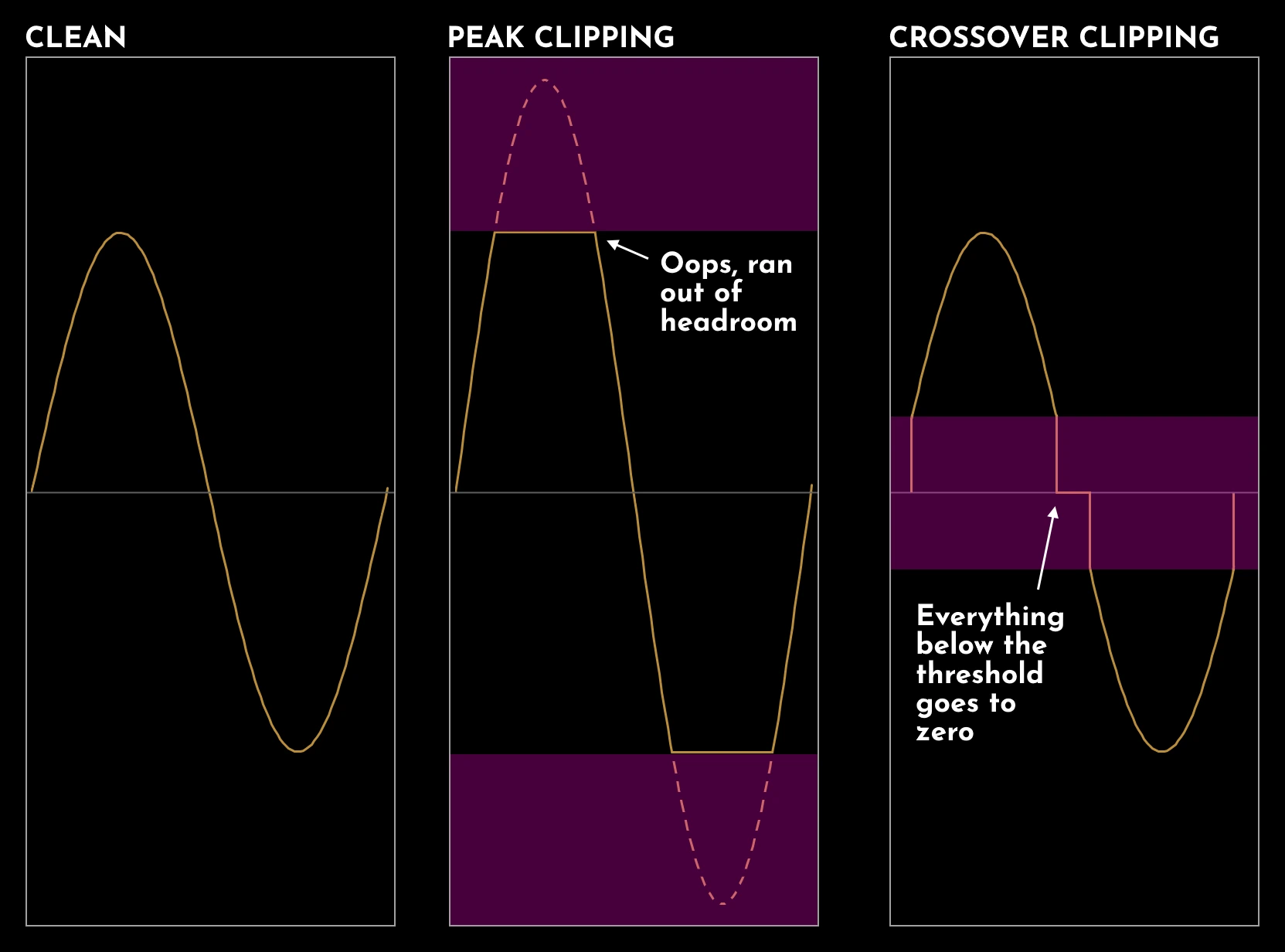

Never Forget
The very first episode of Mr. Show has a sketch that I still think about at least once a month. When the clerk goes into the back office of the convenience store to request permission to make change for a dollar, his manager is in the middle of a phone conversation. We only hear his side of it: “What the hell do you mean you’re taking it away? Yesterday I was the World’s Greatest Grandpa and today I’m not? …Well I’ve used the mug already.” That’s how I still feel about Pluto. Yesterday I was a planet and today I’m not?
The International Astronomical Union revoked its planetary library card in 2006 by defining “planet” as celestial body that:
- is in orbit around the Sun,
- has sufficient mass to make itself basically spherical from its own gravity, and
- has “cleared the neighborhood” by sucking up most of the mass in its orbit
Pluto failed on the third criterion, since it’s out there in the Kuiper belt with a bunch of other fairly massive things. I’m not an astronomer and am completely unqualified to have an opinion, but in Dunning∿Kruger fashion, I consider this to be a ludicrous definition. I would prefer one that would apply equally to planets in other solar systems or would let us call Jupiter a star if it spontaneously got massive enough to squeeze hydrogen atoms together.
This clearly has no impact on my daily life, and there is no reason why I’m finding it particularly relevant now, approximately 17 years after its demotion. I’m rapidly becoming an old man yelling at a cloud, or in this case, yelling at the reclassification of a dwarf planet/trans-Neptunian object. It started with Pluto, moved on to the bogus, non-geographically-relevant names of Philly train stations after their naming rights were sold, and I assume that next I’ll be acutely aware and upset about of the fluctuating price of fruit.
This topic did, however, seem tangentially appropriate for this pedal, since most attempts to define what it is have been met with dissension among the pedal geniocracy (since the pedal plutocracy doesn’t seem to care). I remain steadfastly convinced that it does something.
Details
Someone posted a schematic that had two opamps with a pair of opposing diodes in the middle. Not diodes going to ground like in a typical hard clipping arrangement, but just sitting there directly in the signal path. It looked like something I could make with parts I had on hand, so I decided to mess with it. There was a bunch of discussion about what it really did. Someone said it was from an old compressor concept. Someone else said that it was originally a study on an adjustable gate. Then the idea of “crossover distortion” came up, which I had to look up.
[Note: It has been pointed out to me that gating is crossover distortion, which makes sense now that I think about it. I’m leaving this all as it was, but do now recognize that the there may be no real distinction.]
Most guitar distortion (in the way that guitar players use the word, anyway) is clipping, where the tops of waves get cut off or squished. Crossover distortion happens in the middle of waves, where they “cross over” the zero point. Instead of the wave passing through on a smooth path, there are irregularities on either side of the zero line.
This can be caused by certain types of amplifiers, like a push-pull amp where two different parts of the circuit are each handling half the amplification, or maybe it can be introduced on purpose with diodes. If it can, the obvious next question for pedal folk is “does it sound good?”
There was more back-and-forth. I posted iterations of schematics. I breadboarded. I was originally told that I needed low Vf diodes—i.e., diodes that would start conducting at a low forward voltage (see Diode Plots). In practice I needed the opposite to be able to notice anything. It’s possible that it was technically distorting (in the engineering sense of the word) with the Schottkys but if it was, it was more like when an audiophile claims to notice that someone replaced their $1800 oxygen-free power cable with a $4 Walmart power cord and suddenly their Steely Dan grail sounds more like Steely Don’t. I prefer more of a bludgeoning effect with a pedal, so I used green LEDs.
My pedal guru suggested that I add a simple blender between the crossover/gating diodes and another pair of more traditional hard clipping diodes to ground, which I did. He also told me to keep the gain of the first stage low, which I didn’t do (but I put a knob on it so that I could at least turn it down). I had a hard time with the blender and wound up using a 1MΩ potentiometer to try to keep everything from always leaking through the hard clipping side, which I’m not sure is an electronically-accurate portrayal of what was happening and probably introduced other issues, but made sense at the time.
I was then told by another admirer that “Those green LEDs aren’t doing shit,” which I read in the voice of Tim Robinson from I Think You Should Leave. I countered that they are, in fact, having an audible impact, and he clarified, “they might not be doing nothing but they aren’t doing shit either.” But there’s no such thing as bad press, so I packaged it up and made a decal for it featuring my favorite ex-planet.
I also hacked in a simple Rat-style low pass filter to curb some of the most shrill highs, which is what is sticking out of the side. A future iteration of this pedal might have no blend and no hard clipping, but a more robust tone control and a gain range that’s specifically tailored for the useful range of the gated sounds (without trying to coax any crossover out of it). I suppose that those modifications could have gone into this pedal if I’d iterated a little more, but I am unperturbed. I did a ton of iteration by my standards, and wanted to get to the Arts & Crafts portion.
Vital Stats
Sound
I don’t think it’s doing any subtle sort of crossover distortion, or if it is, I don’t care about crossover distortion. It does do full-on gating, which I find interesting on a pedal that I would subjectively classify as distortion and not fuzz. The blend control is imperfect and there are some knob combos that sound bad or don’t exactly work, so it’s not a “safe” pedal like most commercially available stuff. But there are some cool sounds in there too.
In the following sound sample, there are a few brief sections:
- Some clean chords before the pedal is engaged at very low gain with the blend knob somewhere in the middle/shaded toward the LEDs. In this position, it just sounds like bad EQ (and not as a result of the tone knob). This is included only because there was so much time spent on getting it to do crossover, and I think this is how it would be set to do crossover if it could.
- The blend knob is set hard left on the Green LEDs and the gain is set high enough to get most of the signal through, which produces a heavily-gated distortion sound. Seamlessly transitions to:
- The blend control is turned hard right to the clipping diodes. The noise floor goes up, since there’s no longer any gating, and some live adjustments are made to compensate for the change in volume and presence of piercing highs. This sounds like regular old hard clipping to me.
This is all my Squire Mini Strat shop guitar > Planet Pluto > a SansAmp GT2. No post-processing; painfully dry.







